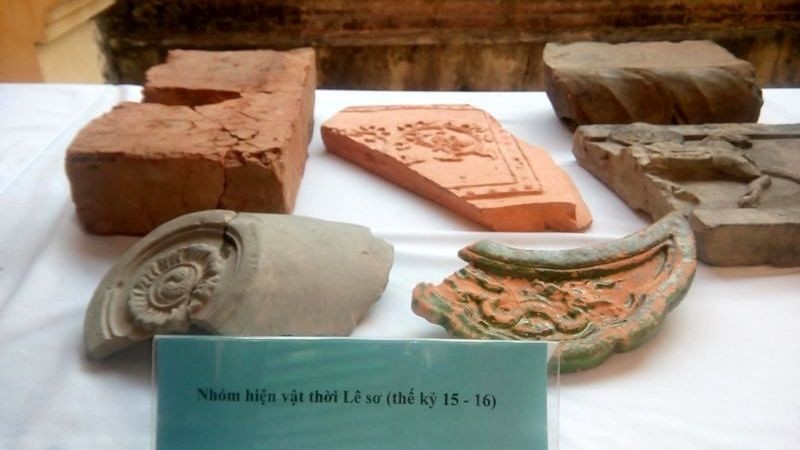The excavation was carried out on a site of nearly 1,000 sq.m. in an effort to study the architecture of the Kinh Thien Palace.
The archaeologists identified traces of overlapping layers of royal palaces from different dynasties dating back to the 8th century. Most notably, the cultural layer of the Ly dynasty (1009-1225) is about 1.15m thick, while that of the Dai La period (9th-10th centuries) is about 0.5m thick.
Archaeologists have found traces of large-scale architecture dating from the Tran dynasty (1225-1400) at the Thang Long Royal Citadel.
During the excavation,architectural structures of houses from the Le So period (1428-1528) and Le Trung Hung period (1533-1789) were discovered.
The palace sits in the centre of the Thang Long Royal Citadel. Built in 1428, it is believed to be the most important building and hosted many royal ceremonies.
The citadel was built in the 11th century during the Ly Dynasty to mark the independence of Dai Viet, the former name of Vietnam. The central sector of the imperial citadel was listed as a UNESCO World Heritage Site on July 31, 2010.
















